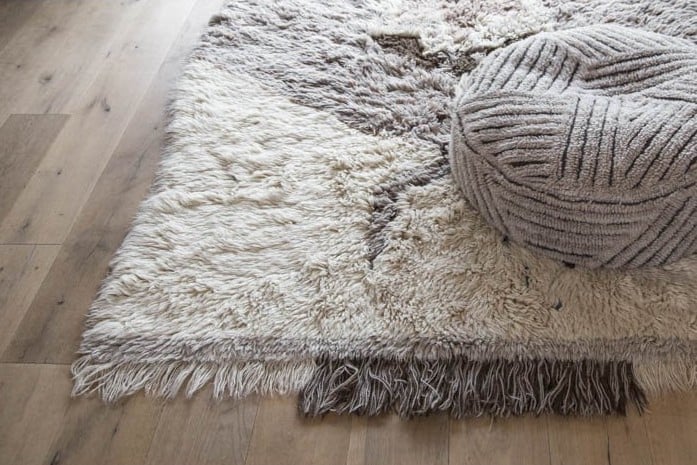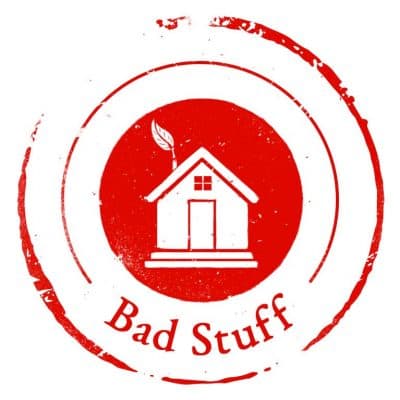However because of the growing fast fashion industry much of the viscose on the market today is manufactured cheaply using energy water and chemically intensive processes that have devastating impacts on workers local communities and the environment.
Viscose rugs toxic.
Not only is the production of this textile toxic for the environment it makes incredibly weak fibers.
Rugs that boast about being stain resistant and water repellent often get those properties from yet another class of worrisome chemical pfcs.
In the rug industry this is presented as viscose bamboo silk banana silk rayon or art silk.
Professional cleaners may also shave or clip down the broken strands.
It is a fiber made of wood pulp and cellulose waste by products.
Hand tufted wool moroccan rug.
As a plant based fibre viscose is not inherently toxic or polluting.
Because the cellulose used in making the rayon fibers in a viscose rug naturally turn yellow when wet it s no surprise that spills on viscose rugs create yellow spots.
For instance nylon polypropylene and viscose aren t toxic in and of themselves but they are almost always treated with fire retardants that are toxic.
These fibers go through an extremely aggressive chemical process to make those fibers soft and shiny.
These rugs are blends of regenerative cellulose wood pulp fibers and cotton by products and chemicals.
Since viscose fibers are weak and spun into strands there is often a lot of breakage.
It s all down hill from there.
It is relatively cheaper and will brighten up any hallway or floor.
Avoiding scrubbing the rug with cleaning.
Even a plain water spill can.
In fact the rayon making process is so toxic they stopped all rayon making in the us many years ago.
7 companies that make non toxic rugs.
For a scatter rug to give a burst of color look for nylon or olefin.
It is basically paper.
Reputable professionals in the rug retail and cleaning industry will tell you you re viscose area rug will never look as good as it does the first day you get it.
Viscose or rayon is derived from cellulose of wood pulp or bamboo.
While this area rug is only 90 wool and 10 viscose it s an ode to traditional moroccan navy wool rugs.
Carbon disulphide is released into the environment in gaseous form alongwith other 3 hazardous chemicals.
Cellulose is natural starting material but it is processed by chemical treatments involving carbon disulphide sulfuric acid chlorine and caustic soda.
The harsh toxic chemical process which created viscose degraded the fibers so much that it essentially yielded a disposable rug.






























